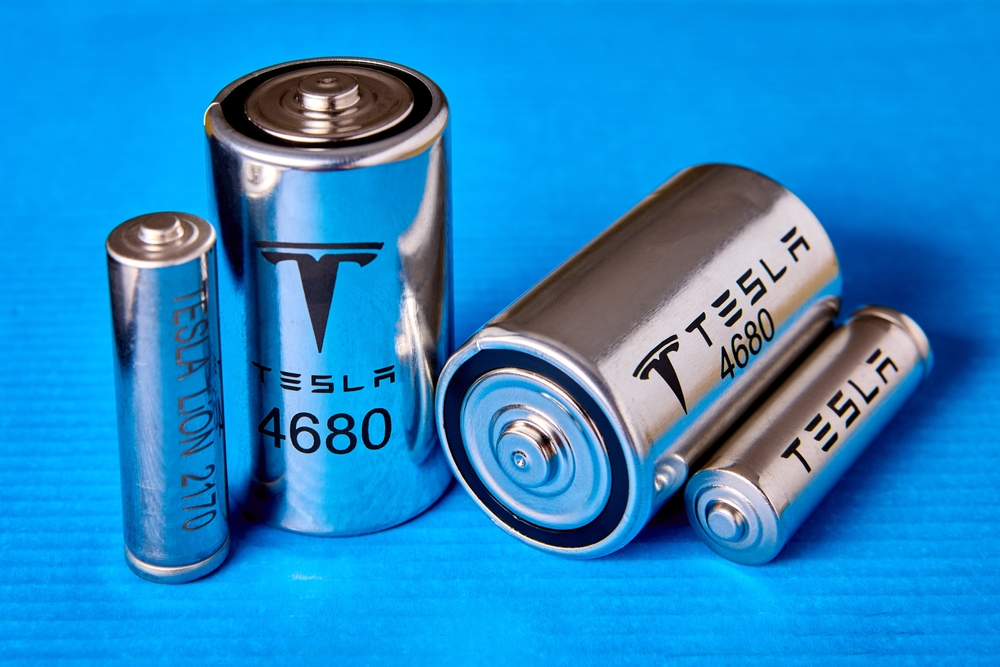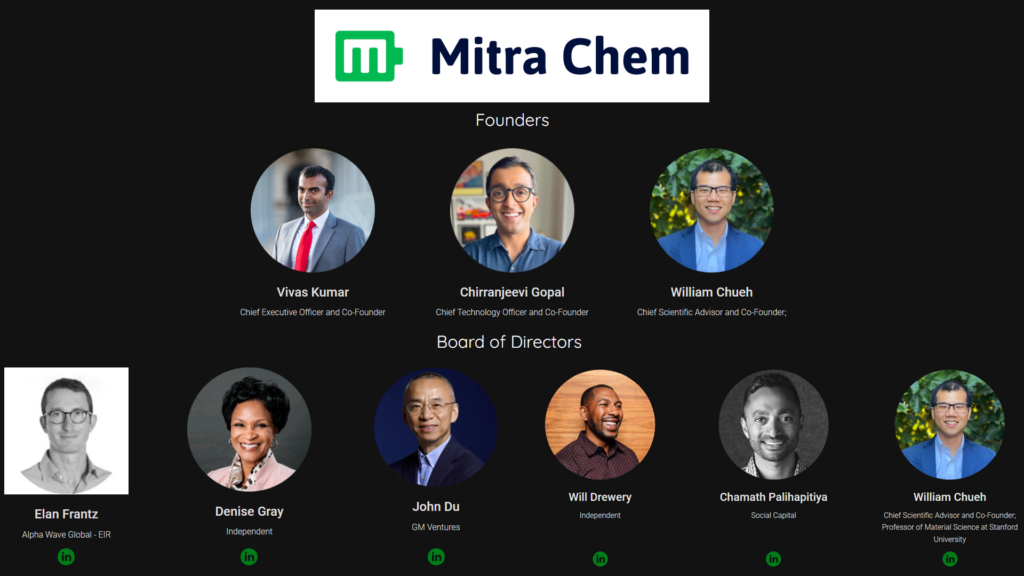Vivas Kumar’s & the Future of Electric Vehicle Batteries
In the groundbreaking episode of the “World of Engineering” interview series, Vivas Kumar, former Tesla innovator and founder of Mitra Chem, delves deep into the transformative trends shaping the electric vehicle (EV) battery industry. With a rich background at Tesla during its surge to the forefront of the EV market, Kumar brings a wealth of knowledge and firsthand experiences to the discussion on the evolution of battery technologies.
Tesla’s Growth and Battery Innovation
Kumar’s tenure at Tesla coincided with the company’s rapid expansion and the launch of the Model 3, a period when the global awareness and adoption of EVs were just beginning to accelerate. He witnessed Tesla’s valuation approach a trillion dollars, affirming the significant impact of innovative technology on the automotive sector. His experiences at Tesla highlighted the critical role of advanced battery technology in shaping the future of transportation.

Iron-Rich Cathodes: A Sustainable Choice
Central to Kumar’s current work is the shift towards iron-rich cathodes, a move driven by the need for safer, more cost-effective battery solutions. Lithium Iron Phosphate (LFP) and Lithium Manganese Iron Phosphate (LMFP) stand out for their affordability and safety, characteristics that make them ideal for mass-market EVs and large-scale energy storage systems. These iron-rich cathodes represent a pivotal shift towards more sustainable battery materials, reducing reliance on expensive and less abundant materials like nickel and cobalt.

Mitra Chem’s Cutting-Edge Approach
At Mitra Chem, Kummar harnesses machine learning to streamline the process of bringing battery materials from the laboratory to the market, significantly reducing development time. This innovative approach not only enhances efficiency but also ensures compliance with stringent regulations such as the U.S. Inflation Reduction Act. By focusing on sustainable materials and efficient production processes, Mitra Chem aims to diminish Western dependency on complex foreign supply chains, particularly those dominated by Chinese interests.
The Global Battery Market Dynamics
Kummar explains the broader adoption of iron-rich cathodes across Western markets, noting a strategic pivot previously dominant in Chinese manufacturing. This global shift is reflective of an industry-wide response to escalating demand for EVs and the pressing need for environmentally friendly solutions. As markets increasingly favor batteries that balance cost with performance, the trajectory of iron-rich technology is set to reshape the landscape of global manufacturing and supply chain logistics.
Future Outlook: Innovation and Market Adaptation
Looking forward, Kummar is optimistic about the ongoing advancement and adoption of iron-rich battery technologies. He stresses the importance of continual innovation, suggesting that the future competitiveness of the battery industry will hinge on the ability to stay ahead of technological curves and market demands.
Vivas Kummar’s insights offer a compelling overview of current trends and future directions in EV battery technology. As the industry leans towards more sustainable and economically viable solutions, Kummar’s vision through Mitra Chem highlights a proactive approach to meeting the dual challenges of environmental sustainability and market demand. The evolving battery technologies, spearheaded by leaders like Kummar, are set to play a crucial role in the broader transition to renewable energy and sustainable transportation solutions.

